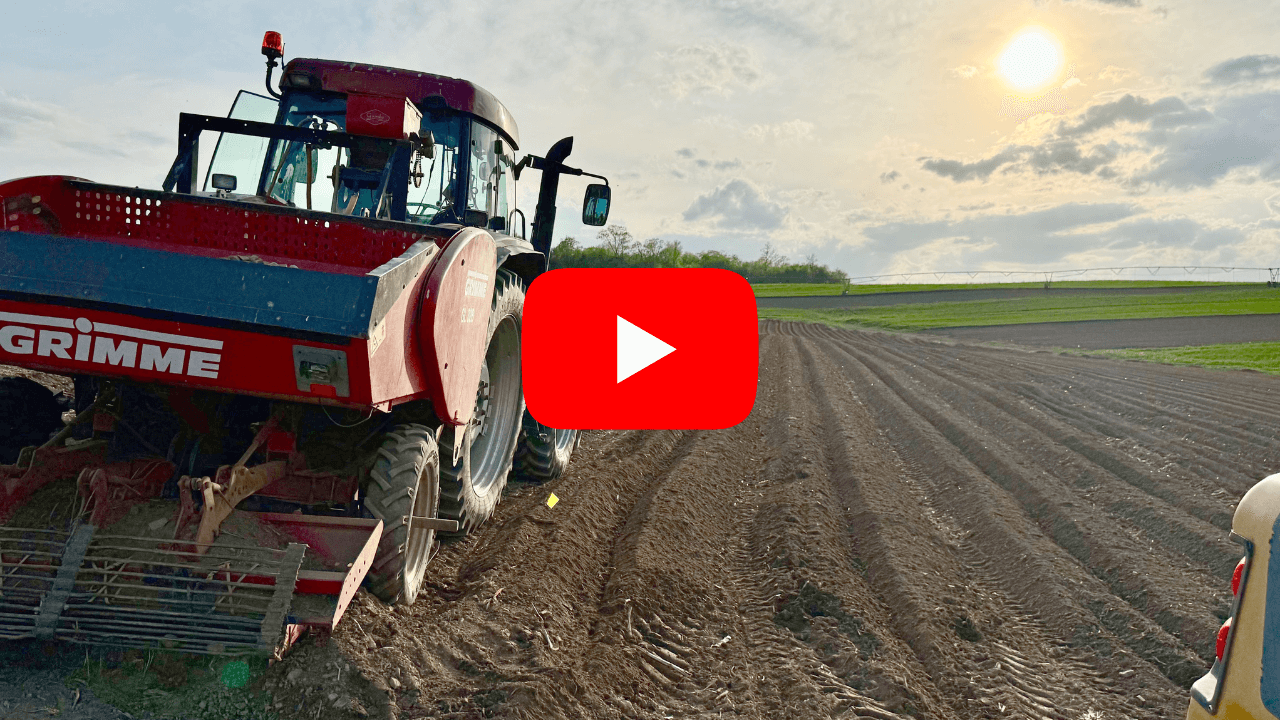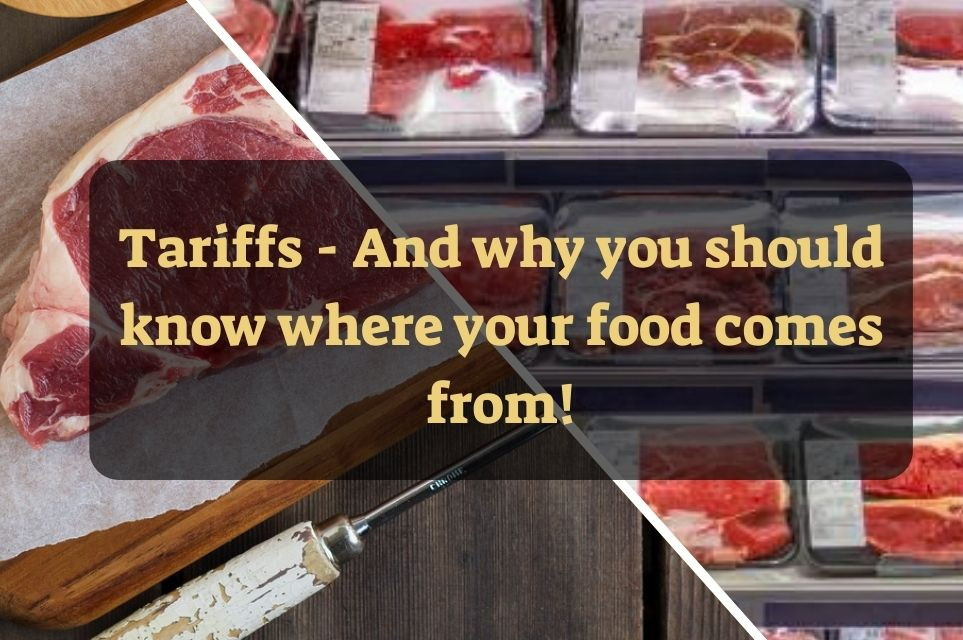4 Things to consider before buying pasture-raised meat.
posted on
February 22, 2024
So you’ve decided you’re ready to try pasture-raised meats. A quick Google search leaves you with more questions than answers about where to start. Here are 4 quick things to consider before purchasing pasture-raised meats.

Practices-
You first must figure out what farming practices and principles you care about. (Organic, grass-fed, humanely raised, pasture-based, environmental impact, etc) The amount of information now readily available on the internet is truly immense. Make sure to thoroughly search each farming aspect you care about and rank them in order of importance to you. This is a vital first step that will help you begin making your decision.
Transparency -
It is more important than ever to make sure you have healthy and safe food on your table. It is easy to get caught up in the convenience of running to the supermarket and grabbing the cheapest option from the meat case. You can look at the packaging and see buzz words like humanly raised, grass-fed, and pasture-based. Words like these have turned from meaningful labels guiding consumers on what to purchase to marketing tactics used by big companies that persuade you to buy their products.
Federal and state agencies watered down these guidelines to ensure large companies can use these labels to promote their product. If you take the time to read up on the requirements for some of these labels you will realize that they are bogus. (Remember that these are also the bare minimum requirements farmers must follow to use the label!)
How can you find transparency in today’s food market?
By knowing your farmer!
We live in an age where everything we do can be pictured, recorded, or documented in a matter of seconds. As customers, you deserve to see how your food is being raised. You should always feel free to ask questions and learn more. Find a farmer who is willing to share his/her practices with you either on social media, a website, a newsletter, or better yet willing to take you on a farm tour!

Local-
As the Row 7 Seed Company co-founder Dan Barber said, “Buying local isn't always the easiest or cheapest option, but it's an investment in the health of our communities and the vitality of our food system. And that's a price worth paying."
Buying locally has changed a lot in the past 100 years. When my great-great-grandfather began to deliver his local produce to the neighboring coal towns, he loaded his horse and wagon by hand, made the 10-mile trip over the mountains that took 4 hours, went door to door selling his produce, and then made the 4-hour trip back home.
Now with the same or less amount of effort, we can ship farm fresh products through UPS over 200 miles directly to your door. You can take virtual farm tours, watch us on social media, and have direct conversations with your farmer in real-time from anywhere in the world.
To us, buying local means supporting your community. Communities are no longer limited to a geographical location but by individuals with a common goal in mind. By supporting smaller farms, you’re not only helping the farmer’s family, but you also help the family butcher shop, a hatchery trying to pass down its business to the next generation, the local feed supplier, and the struggling small-scale packaging supplier who is trying to get his business started.
I’m sure you see where I’m going with this, buying locally no longer has to mean buying from someone close to you on the map. It means to support a business whose goals and aspirations for the growth of your community are closest to yours.
Value to your family -
Now that you’ve decided you're ready to try pasture-raised meats, you load your cart up with some of your favorite cuts of beef, chicken, and pork, then you see the price tag. Due to the smaller scale, time, and effort, small-scale family farms often have to charge more than the supermarket to overcome the cost of production.
We get it, it can be a struggle to justify the price compared to the supermarket. Remember you’ve done the research, you're positive it is a superior product, and you want what is best for you and your family. Here are a few questions to ask yourself to help ease your mind,
Are you comfortable with the food your family is eating?
What value do you put on your family’s health?
How does the food you eat correspond to your health?
What am I willing to do to make my family healthier? Happier?
I hope this helped you to make new, informed decisions on what you feed your family. Feel free to contact us with questions or concerns about how your food is being raised.
Nathan Masser
info@redhillharvest.com



